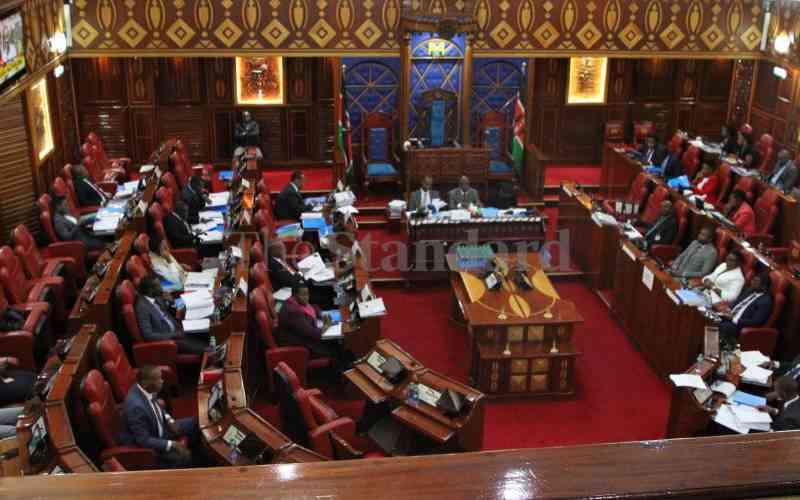×
The Standard e-Paper
Kenya’s Boldest Voice

Senate in session. [Elvis Ogina, Standard]
After a recess of noisy fieldwork, our high-maintenance parliamentarians resume duty this week. Before we got the Constituency Development Fund (CDF), parliamentary work was an exciting mix of representation, oversight, legislation and evaluation (ROLE). Debate in the House was important civic education for young Kenyans. We learnt how not to "substantiate the obvious".